Search
Remove Ads
Advertisement
Search Results

Video
Ancient and Medieval Gold Trade in West Africa
Did you know that the Ghana king would automatically keep any gold nugget extracted that weighed between 25 grams and half a kilo? This video is all about the lucrative gold trade of ancient and medieval West Africa. West Africa was...
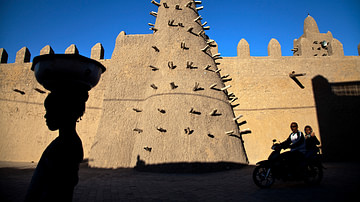
Image
Djinguereber Mosque, Timbuktu
The Djinguereber Mosque, Timbuktu, Mali. The mosque, made from pounded earth and wood, was built during the reign of Mansa Musa (1312-1337 CE), ruler of the Mali Empire.
Photo credit: UN Photo/Marco Dormino
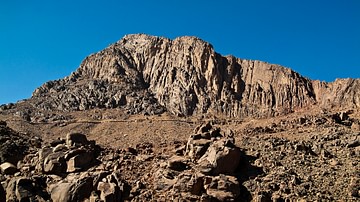
Definition
Mount Sinai
Mount Sinai (Hebrew: Har Sinay, Arabic: Jabal Musa, "mountain of Moses") is a holy site for the three Abrahamic religions: Judaism, Islam, and Christianity. It has traditionally been located in the center of the Sinai Peninsula, between Africa...
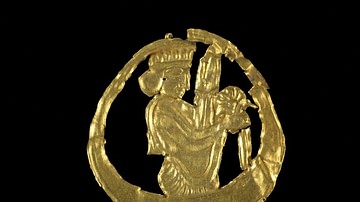
Article
Women in Ancient Persia
Women in ancient Persia were not only highly respected but, in many cases, considered the equals of males. Women could own land, conduct business, received equal pay, could travel freely on their own, and in the case of royal women, hold...
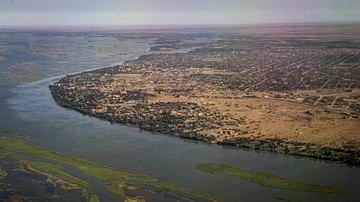
Definition
Songhai Empire
The Songhai Empire (aka Songhay, c. 1460 - c. 1591) covered what is today southern Mauritania and Mali. It replaced the Mali Empire (1240-1645) as the most important state in West Africa. Originating as a smaller kingdom along the eastern...
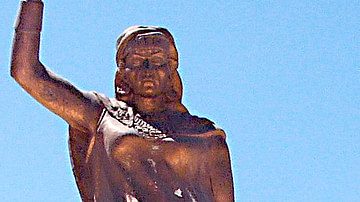
Definition
Kahina
Kahina (7th century CE) was a Berber (Imazighen) warrior-queen and seer who led her people against the Arab Invasion of North Africa in the 7th century CE. She is also known as al-Kahina, Dihya al-Kahina, Dahlia, Daya, and Dahia-al-Kahina...
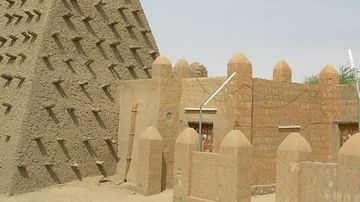
Image
Sankore Mosque, Timbuktu
The Sankore Mosque, Timbuktu, Mali. The mosque, made from pounded earth and wood, was built in the late 1100s CE.
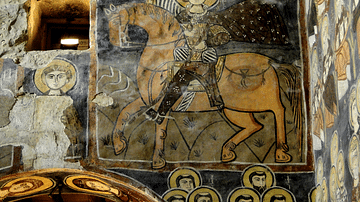
Image
Saint Bacchus Fresco
An 11-12th century fresco of Saint Bacchus (d. 4th century). Monastery of Saint Moses the Abyssinian, Mar Musa or Deir Mar Musa al-Habashi, Nabk, Syria.
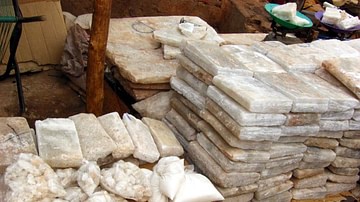
Article
The Salt Trade of Ancient West Africa
Salt from the Sahara desert was one of the major trade goods of ancient West Africa where very little naturally occurring deposits of the mineral could be found. Transported via camel caravans and by boat along such rivers as the Niger and...
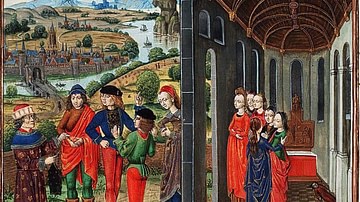
Article
Boccaccio on the Black Death: Text & Commentary
The Black Death is the name given to the plague outbreak in Europe between 1347-1352 CE. The term was only coined after 1800 CE in reference to the black buboes (growths) which erupted in the groin, armpit, and around the ears of those infected...